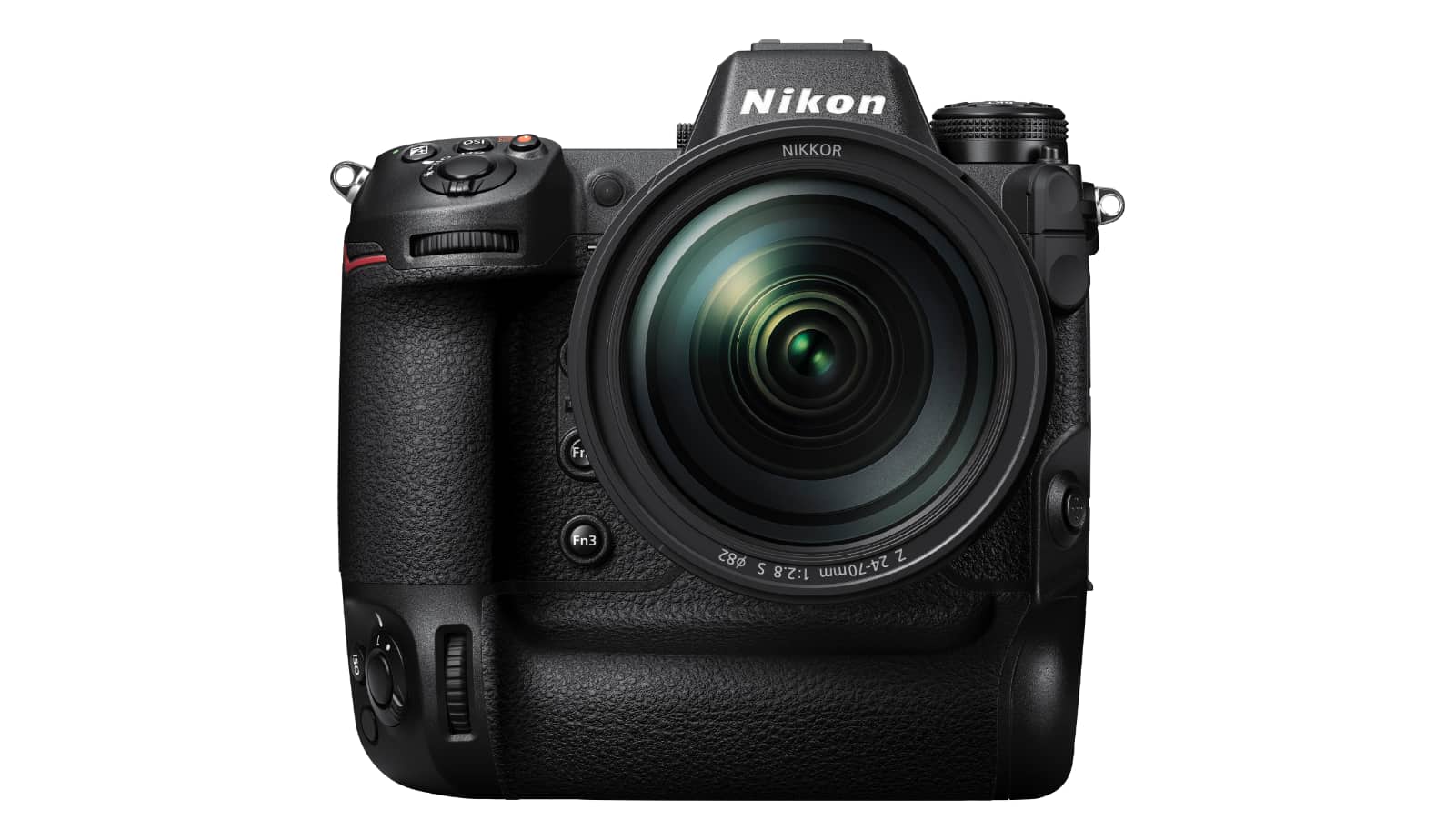Need proof that mirrorless cameras are hardy and built to survive? Nikon’s latest deal with NASA could well prove they’re capable in the most extreme climates.
There is perhaps no place more inhospitable than another planet, or even a moon, with modern technology simply not designed for use outside of Earth.
The gadgets you buy are made for use here on our own planet, tested specifically for use indoors and outdoors, with various levels of extremes for the latter found in IP ratings. You’ll know those ratings if you’ve looked into water or dust resistance, with the IP rating system providing an understanding of resistance to the elements, handy if you’re concerned about taking a phone or camera into a storm.
But they’re still rated for here on this planet. The conditions somewhere else? They’re inhospitable by comparison, and given how we’re not exactly sci-fi-era travellers just yet, technology hasn’t exactly been made with the moon or other places outside of Earth in mind.
That’s not going to stop Nikon, though, which has entered an agreement with NASA to integrate its Z9 mirrorless camera as part of the upcoming Artemis moon missions and the Handheld Universal Lunar Camera nicknamed “HULC”.
This isn’t the first time Nikon has gone to space, with the Nikon F5 film camera launched to space in 1999 and many other film-based models before it, while subsequent digital models in years since.

Artemis III is expected to launch in September 2026 and will see crews return to the Moon, with the Z9 used on the surface and protected by a thermal blanket of sorts presently used during spacewalks with the Z9 camera at the moment.
Worth noting is that the Z9 being used by NASA for the missions won’t end up being the same Z9 you can buy today. Some modifications will be made, such as changes to account for cosmic radiation and controls optimised for the lunar missions.
But it’s an interesting indication of just how solid mirrorless cameras are, and that they’re ready to replace the long-standing use of mirror-based single-lens reflex cameras.







